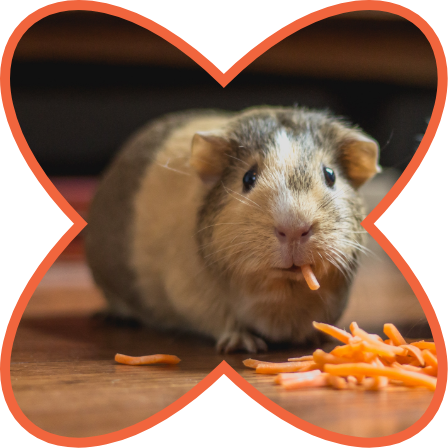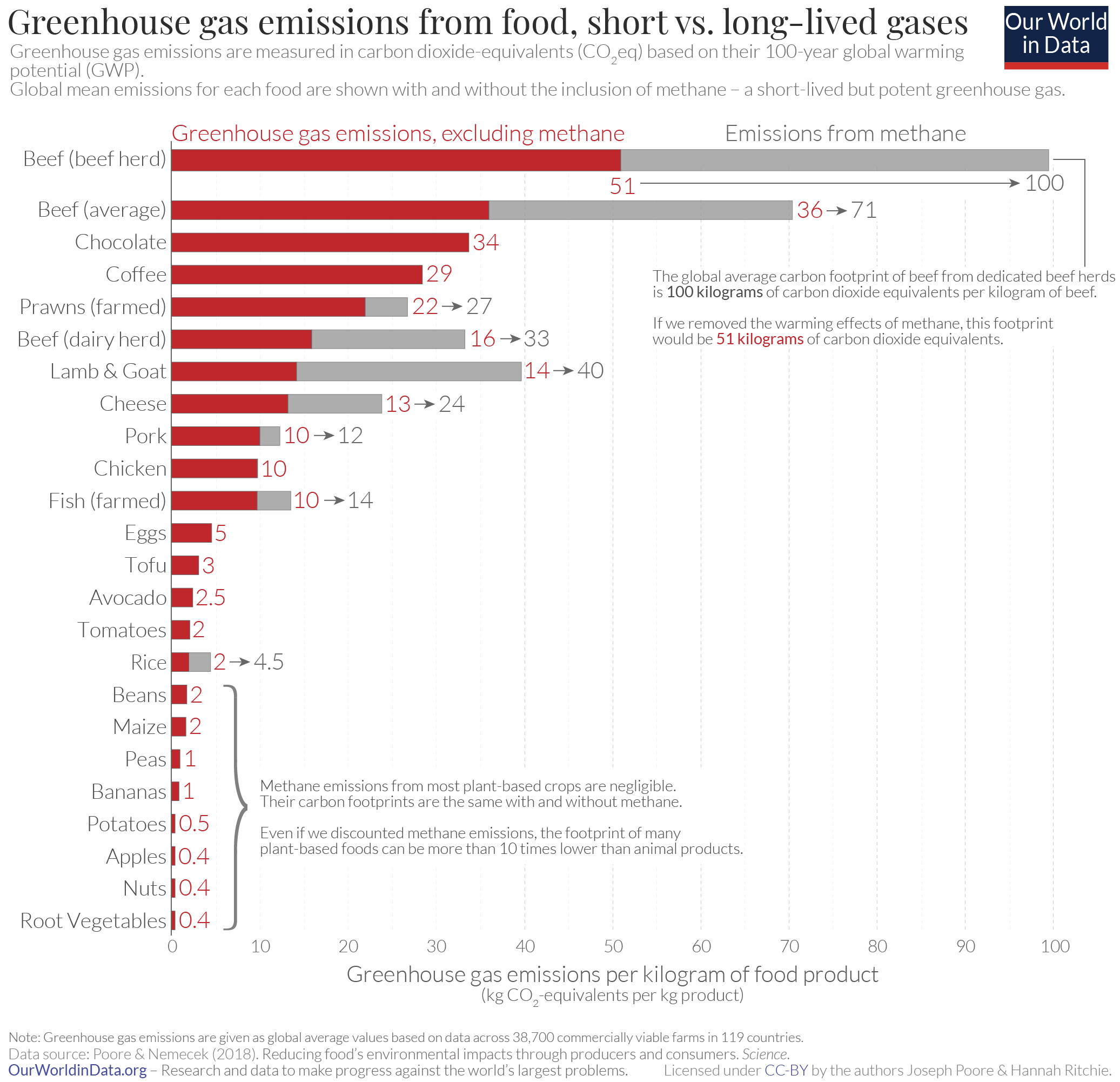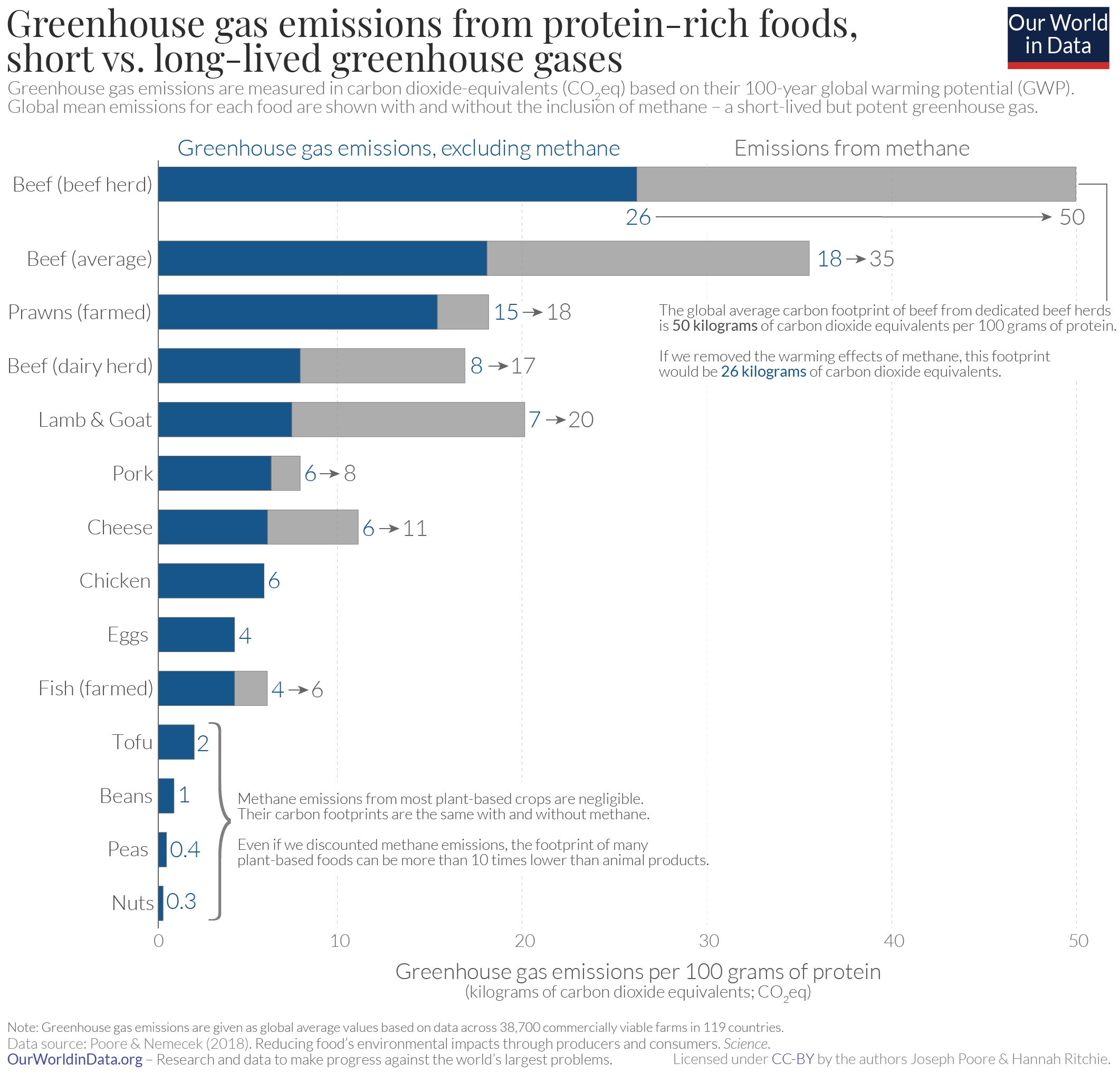What is a flexitarian diet?
You don't have to go vegan to reduce your diet's impact on the environment | By Maxine Harrison

The flexitarian diet, sometimes referred to as "reducetarianism" or "semi-vegetarianism" is increasing in popularity.
A recent poll, found that of 2000 adults, 31% plan to eat more meat-free products in 2021 compared to 2020.
Incorporating more plant-based foods into your diet not only has a good effect on the planet, but also your health.
Having experimented with more plant-based foods over the past year, I can vouch for this myself and how there are an array of plant-based foods that still offer protein.
Here is a short guide to going flexitarian.
What Is A Flexitarian Diet?
The Flexitarian Diet is more of a lifestyle choice than a strict diet. There are no set-in-stone rules. It's about focusing on eating less animals and animal byproducts, not cutting them out entirely.
The flexitarian diet focuses on sourcing protein from plant-based foods predominantly, as opposed to animals. It also promotes eating fruits, vegetables, wholegrains, and leaning away from sugary or processed foods. But the balance you strike in what you eat is completely up to you.
What are the benefits of pursuing a flexitarian lifestyle?
Reducing how much meat you eat can help sustain the planet by decreasing greenhouse gas emissions, as well as land and water use.
Meat (cattle in particular) is the primary source of methane emissions. Methane is a greenhouse gas and is 86 times more potent than carbon dioxide over a 20-year period.
So, by reducing your intake of meat, you are directly partaking in a movement to help sustain the planet.
At first, try cutting meat out from one meal a day, before looking to only eat meat once or twice a week. Every little step makes a small difference.
As a result of more people becoming vegetarian or flexitarian, land can be freed up to grow fruit and veg, as oppose to livestock.
Better yet, studies have shown that switching from the average (meat with almost every meal) Western diet, to a flexitarian diet, could decrease gas emissions by 7%.

Cutting Out Red Meat
Reducing your meat intake is also good for you, not just the planet.
Experts have highlighted how red meat is high in saturated and trans fats. These can raise your cholesterol and contribute to heart disease.
The carbon footprint of beef and lamb, both red meats, is five times higher than that of tofu, ten times higher than beans and over twenty times higher than peas, for the same amount of protein!

Replacing Fish With Meat
Instead of regularly eating meat as a flexitarian, why not try and replace it with fish?
Fish is high in Omega-3 fatty acids, which can have a positive impact on heart, eye and brain health.
Compared to red meat, fish cultivation has a considerably lower carbon footprint, and produces over 10 times less methane emissions.
However, it is also important to note that you can get Omega-3's from plant-based foods, like flaxseeds, hemp seed, walnuts and more.
Recommended foods to regularly incorporate in a Flexitarian Diet (instead of animal produce):
Proteins: Soybeans, tofu, chickpeas, lentils
Nuts and other healthy fats: Flaxseeds, walnuts, avocados, coconut,
Plant-based milk alternatives: Unsweetened almond, coconut, soy
(As a rule, food sourced closer to you is always better for the planet, if you're super conscious about your carbon footprint, try to avoid eating food that has to take a plane to land in your mouth)
Guide written by Maxine Harrison (@remireports)
Photo by Simon Infanger on Unsplash

